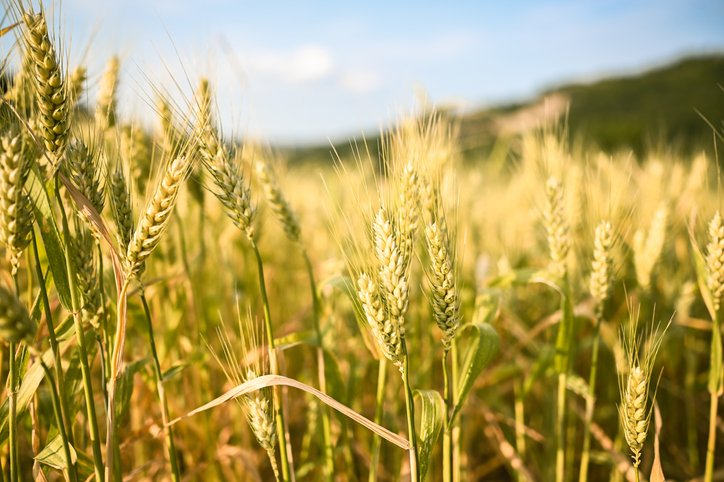Wheat is the most widely cultivated crop in the world; over 215 million hectares are grown annually. To meet the demands of a growing global population, plant breeders face the challenge of increasing wheat production by an estimated 60 percent within the next 40 years.
Thanks to the International 10+ Wheat Genomes Project, the genomes of nine wheat cultivars have been recently sequenced and assembled to chromosome-level. Now, researchers have assembled a wheat pan-transcriptome with de novo annotation and differential expression analysis for these wheat cultivars across multiple tissues. By mapping this gene activity for the first time, researchers are able to accelerate international wheat breeding programs, developing new varieties of wheat which can adapt to the rapidly escalating climate emergency.
This work was published in Nature Communications in the paper, “De Novo Annotation Reveals Transcriptomic Complexity Across the Hexaploid Wheat Pan-Genome.”
“We’ve revealed layers of hidden diversity spanning our modern wheat variations. This diversity is likely to underpin the success of wheat over such a wide range of global environments,” notes Rachel Rusholme-Pilcher, PhD, senior postdoctoral researcher at the Earlham Institute. “We discovered how groups of genes work together as regulatory networks to control gene expression. Our research allowed us to look at how these network connections differ between wheat varieties revealing new sources of genetic diversity that could be critical in boosting the resilience of wheat.”
The work used the de novo annotations to “identify cultivar-specific genes and define the core and dispensable genomes.” Expression analysis across cultivars and tissues, the authors write, “reveals conservation in expression between a large core set of homeologous genes, in addition to widespread changes in subgenome homeolog expression bias between cultivars and cultivar-specific expression profiles.”
They then utilized both the newly constructed gene-based wheat pan-genome and pan-transcriptome, demonstrating variation in the prolamin superfamily and immune-reactive proteins across cultivars.
Furthermore, this work has created an important resource for the worldwide wheat research community—a clear example of how national and international collaboration and new technologies can lead to scientific breakthroughs in global food security.
Much of the untapped genetic diversity may stem from how wheat has adapted to different environments over time, shaped by over 100 years of modern breeding and more than 10,000 years of cultivation.
“The new expression atlas allowed us to independently predict and compare the gene content of the wheat cultivars. We used those gene predictions together with the pan-transcriptome data to identify pronounced variation in the prolamin superfamily and immune-reactive proteins across cultivars,” asserts Manuel Spannagl, PhD, deputy group leader in the Plant Genome and Systems Biology Group at Helmholtz Munich.
This work will enable plant breeders to accelerate yield improvements and develop more resilient wheat varieties—better equipped to cope with rising temperatures, water shortages, and poor soil quality. Importantly, this can be done without increasing reliance on fertilizers, which are linked to biodiversity loss and pollution.
“This work demonstrates the power of technology to reveal novel biology, in this case hidden functional diversity which had not been documented before,” explains Karim Gharbi, head of technical genomics at the Earlham Institute. “Wheat pangenomics resources are growing rapidly with more diversity yet to be discovered.”

